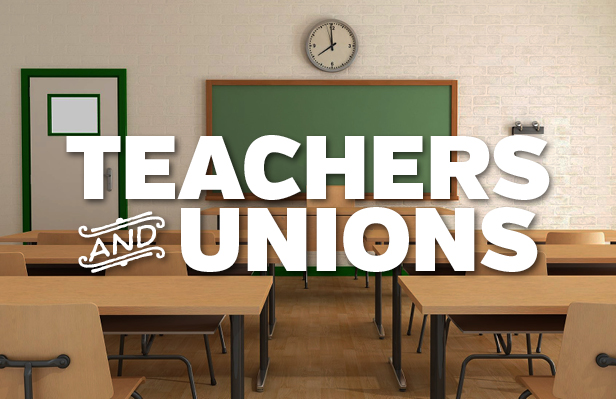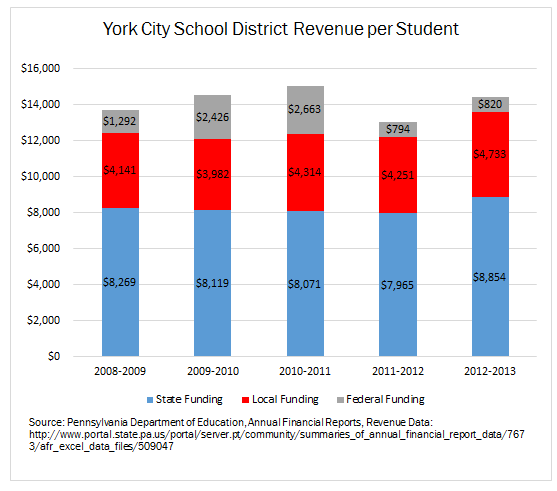Media

The Self-Fulfilling Prophecy of Low Expectations
Is it true that schools with high concentrations of low-income students face unique challenges? Yes. Should poverty, along with several other social problems, be understood as a factor that influences academic achievement? Of course. Should we thus expect students from low-income families to persistently underperform on state tests and be forever relegated to a second-rate education? Absolutely not.
A fine line exists between recognizing poverty as a factor in academic performance and using it as crutch to excuse dismally performing schools. Nowhere is this more apparent than the York City school district.
A recent article on York’s potential conversion to charter schools explains that none of the district’s eight schools are meeting state testing goals. The piece quotes Wythe Keever, assistant communications director for the Pennsylvania State Education Association (PSEA), who is undeterred by the test scores:
Wythe said York performs just as well as schools that have similar populations of disadvantaged and special needs children. “The school district is right about where you’d expect it to be when you have an urban school district serving an impoverished population that’s already been decimated by Corbett’s budget cuts,” Wythe said.
The comment (emphasis mine) is noteworthy for several reasons. Not only is Keever factually inaccurate about the district’s performance and finances—more on that in a moment—but he also seems to subscribe to the view that urban, low-income students are condemned to bad test scores and substandard learning gains.
A recent CF Policy Points explains that even when compared to other economically disadvantaged students in Pennsylvania, York City students lag behind state averages.
| York City PSSA Results 2012 (Percentage) | |||
| York City SD | Statewide | Economically Disadvantaged, State | |
| Advanced or Proficient, Math | 53.1 | 75.6 | 61.6 |
| Advanced or Proficient, Reading | 41.5 | 72.0 | 55.4 |
| Below Basic, Math | 25.7 | 11.1 | 19.0 |
| Below Basic, Reading | 35.8 | 13.7 | 24.3 |
Keever is also off base when he claims the district was decimated by state level budget cuts. State revenue per student was steady throughout the previous five years, including a substantial increase in 2012-13. Overall revenue levels did modestly fall in the 2011-12 budget, but the chart below clearly demonstrates that this was due to a sharp decline in federal revenue (read: stimulus dollars).

Additionally, out of the 500 school districts in Pennsylvania, York is consistently within the top quintile of state revenue per student:
|
York City Revenue Rank, by Source |
|||
| State | Local |
Federal |
|
| 2008-2009 | 74 | 398 | 8 |
| 2009-2010 | 59 | 422 | 7 |
| 2010-2011 | 49 | 401 | 6 |
| 2011-2012 | 105 | 416 | 49 |
| 2012-2013 | 62 | 405 | 49 |
Factual errors aside, the most disheartening component of Keever’s remarks is that low-income students should be expected to lag behind their peers in academic performance. Setting such low standards does not serve the best interests of students and parents in York City.
It is not entirely surprising, however, that a spokesman from the largest teachers’ union in the state has succumbed to the self-fulfilling prophecy of low expectations. After all, the PSEA is a consistent opponent to many reforms—expanded school choice, seniority reform, merit pay—that would improve the quality of education in the commonwealth.
Each student has unique circumstances, needs and abilities—but no student should be resigned to failure.